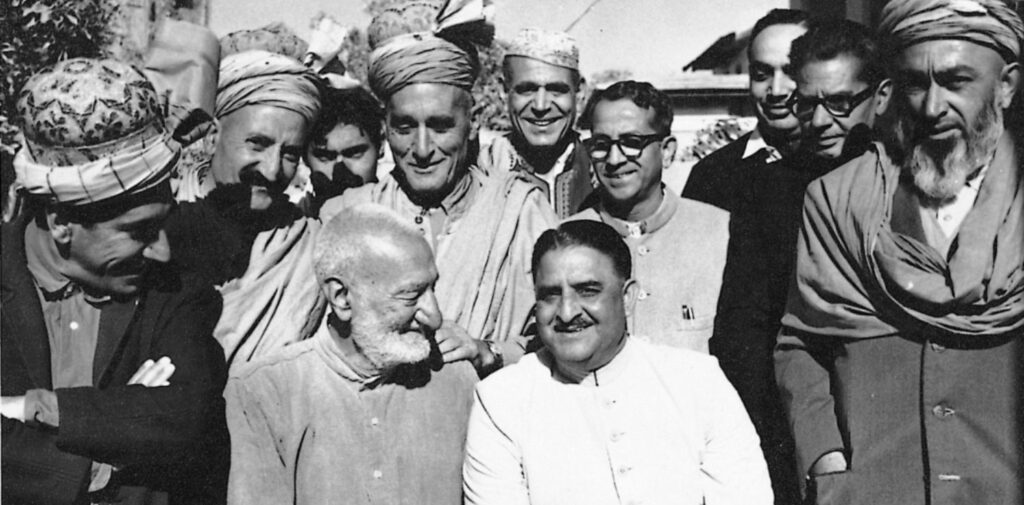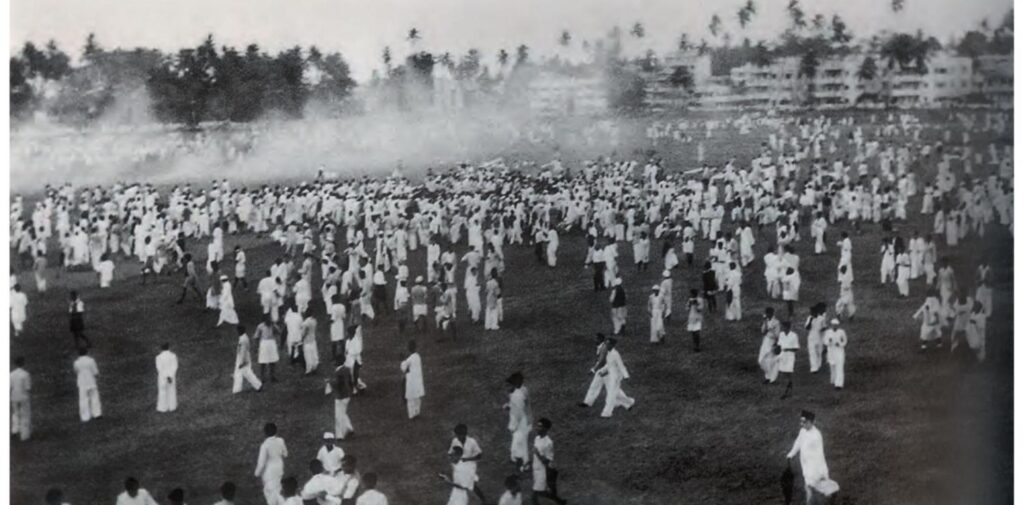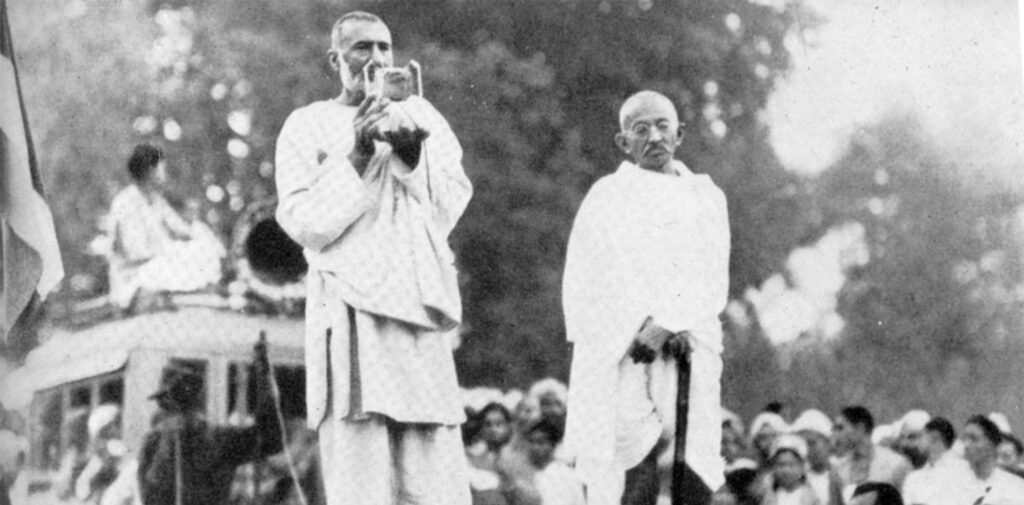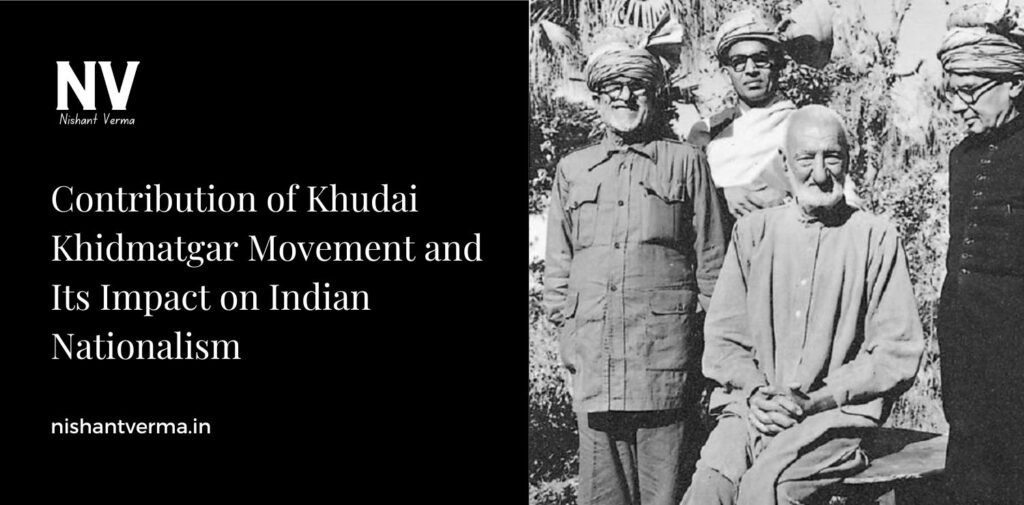India’s struggle for independence was not just fought by a few leaders in big cities, but by people from all walks of life, in all parts of the country. One of the most important and unique contributions came from the Khudai Khidmatgar Movement. This movement, led by Khan Abdul Ghaffar Khan, also known as Frontier Gandhi, played a significant role in India’s fight for freedom. It focused on non-violence, unity, and selfless service for the country. In this article, we will explore the Khudai Khidmatgar Movement and how it helped shape Indian nationalism and the struggle for independence.
What Was the Khudai Khidmatgar Movement?
The Khudai Khidmatgar Movement was a peaceful movement that aimed to bring together the people of the North-West Frontier Province (now Khyber Pakhtunkhwa in Pakistan) in the fight for India’s independence. The term “Khudai Khidmatgar” means “Servants of God” in Pashto, and the people who joined this movement called themselves the Khudai Khidmatgars.
The movement was founded by Khan Abdul Ghaffar Khan, a passionate leader who believed in non-violence and wanted to free India from British rule. He was deeply inspired by Mahatma Gandhi’s principles of ahimsa (non-violence) and satyagraha (truth-force). The Khudai Khidmatgar Movement was not just about fighting the British; it was also about fostering unity among the diverse people of India, especially in the frontier regions, and encouraging them to come together for a common cause.

The Role of Khan Abdul Ghaffar Khan
Khan Abdul Ghaffar Khan, also known as the Frontier Gandhi, was the leader who gave the movement its strength and direction. He was born in a small village in the frontier region and saw firsthand the suffering of the people under British rule. Ghaffar Khan believed that the people in the North-West Frontier Province were too divided along ethnic, tribal, and religious lines. He wanted to unite them and make them aware of the importance of non-violent resistance to British rule.
Inspired by Gandhi’s teachings, Ghaffar Khan formed a strong and disciplined group of volunteers known as the Khudai Khidmatgars. This group was made up of men and women, young and old, from different backgrounds, who believed in fighting for their rights through peaceful means. The Khudai Khidmatgars wore a distinctive red shirt, which became a symbol of their commitment to the movement.
The Khudai Khidmatgar’s Methods of Resistance
The Khudai Khidmatgars were different from other groups in the Indian freedom struggle because they believed in complete non-violence. While other groups used weapons or force to resist British rule, the Khudai Khidmatgars relied on peaceful protests, marches, and acts of civil disobedience. They were inspired by Mahatma Gandhi’s philosophy of non-violent resistance.
One of the key methods used by the Khudai Khidmatgars was the boycott of British goods. They refused to buy products made by the British and promoted the use of khadi, which was handspun and woven by the people of India. By doing this, they aimed to weaken the British economy and show their rejection of British rule.
The Khudai Khidmatgars also organized peaceful protests and marches, similar to the Salt March led by Gandhi. In the frontier regions, these protests gained a lot of attention, as they were one of the first groups to openly challenge British rule in that area. Their activities often led to clashes with the British, but they remained steadfast in their commitment to non-violence.

The Khudai Khidmatgar Movement’s Impact on Indian Nationalism
The Khudai Khidmatgar Movement had a significant impact on the broader Indian Nationalist Movement. Though it was based in the North-West Frontier Province, its message of non-violence and unity resonated across the country.
- Promotion of Non-Violence: The Khudai Khidmatgars showed that non-violence could be a powerful tool in the fight for freedom. Their peaceful protests and acts of defiance helped strengthen the non-violent struggle led by Mahatma Gandhi. The success of the Khudai Khidmatgars demonstrated to the rest of India that non-violent methods were not only possible but also effective in challenging British rule.
- Unity Across Regions: India was a country with many different cultures, languages, and religions, which often created divisions among its people. The Khudai Khidmatgar Movement was instrumental in promoting the idea of unity. Khan Abdul Ghaffar Khan worked hard to bring together people from different ethnic and religious backgrounds in the frontier region. His leadership helped show that despite these differences, the people of India could come together to fight for a common cause – freedom from British rule.
- Inspiration to Other Leaders: The Khudai Khidmatgar Movement inspired many other leaders and groups in the Indian National Congress (INC). Leaders like Jawaharlal Nehru and Subhas Chandra Bose recognized the contribution of the Khudai Khidmatgar Movement to the national struggle for independence. The movement also helped strengthen ties between the frontier region and the rest of India. It made the INC realize the importance of involving people from all parts of India, including the north-western regions, in the fight for freedom.
- Empowerment of the Common People: One of the most important contributions of the Khudai Khidmatgar Movement was the way it empowered the common people. The movement was not just led by political leaders but was deeply rooted in the everyday lives of the people. The Khudai Khidmatgars were regular men and women who came together to fight for their rights. This gave hope to ordinary Indians that they, too, could make a difference and be part of the national movement.
Challenges and British Repression
The Khudai Khidmatgar Movement faced many challenges, especially from the British authorities. The British saw the movement as a serious threat to their rule and responded with violence and repression. Many Khudai Khidmatgars were arrested, and some were even killed in police firing. Despite this, the movement did not back down.
Khan Abdul Ghaffar Khan himself faced numerous imprisonments and hardships, but he never gave up on the cause of non-violence and independence. His steadfastness became an inspiration to many, both in the frontier regions and in the rest of India. The sacrifices made by the Khudai Khidmatgars were not in vain, as they played an important role in weakening British control over India.

The Legacy of the Khudai Khidmatgar Movement
The Khudai Khidmatgar Movement left behind a powerful legacy. Though the movement was based in a small region of India, its influence spread far beyond. The spirit of unity, non-violence, and selfless service that it promoted became an important part of India’s struggle for freedom.
Even after India gained independence in 1947, the contributions of the Khudai Khidmatgars were remembered. Khan Abdul Ghaffar Khan, known as the Frontier Gandhi, became a symbol of peace, unity, and resistance against oppression. His work inspired not only the people of India but also those around the world who believed in the power of non-violent resistance.
Conclusion
The Khudai Khidmatgar Movement, led by Khan Abdul Ghaffar Khan, made a significant contribution to India’s fight for independence. It showed that non-violence, unity, and peaceful resistance were powerful tools against British rule. The movement helped promote the idea of a united India, where people from all backgrounds could come together for a common cause. The sacrifices made by the Khudai Khidmatgars helped inspire the larger Indian nationalist movement and demonstrated the strength of ordinary people in the struggle for freedom.
Today, the Khudai Khidmatgar Movement is remembered as an important chapter in India’s history, one that emphasized the values of unity, peace, and resistance in the face of injustice. It reminds us that the fight for freedom was not only about political leaders but also about the common people who stood together for a better future.




